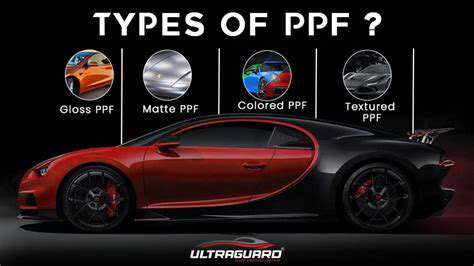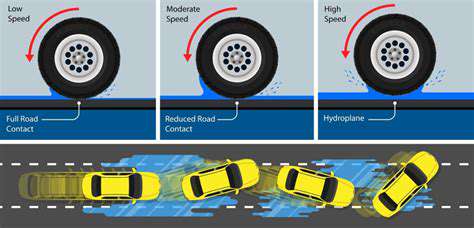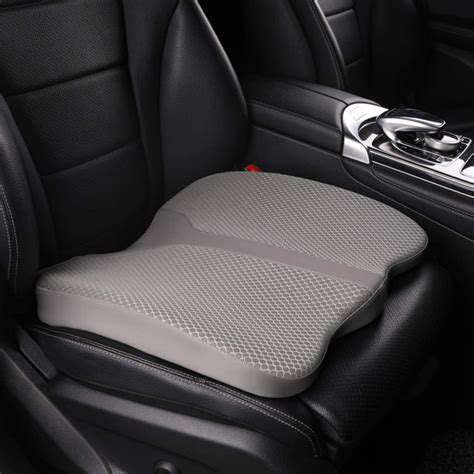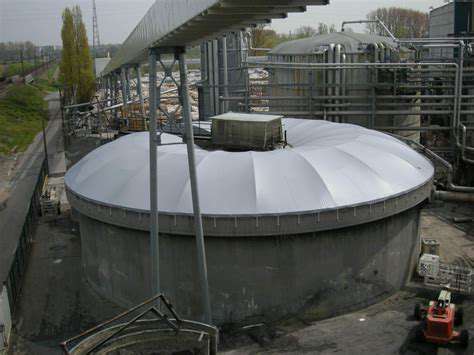What many owners don't realize is how PPF can actually simplify car care. The hydrophobic properties of quality films make washing easier, as dirt and grime have trouble sticking to the slick surface. This means less elbow grease during cleaning and fewer swirl marks from improper washing techniques.
Custom Solutions for Every Vehicle
Today's PPF installations aren't one-size-fits-all. Professional installers use precision computer-cut patterns tailored to your specific make and model. This ensures complete coverage of vulnerable areas like hoods, fenders, and door edges without any unsightly seams. Some high-end shops even offer full-vehicle wraps for maximum protection.
The installation process itself has become an art form. Skilled technicians use specialized solutions and squeegees to achieve a bubble-free application that's virtually undetectable. When done right, the only way someone might notice your PPF is by the remarkable condition of your paint years down the road.
Types of PPF and Their Applications

Navigating the PPF Options
Walking into a PPF shop can feel overwhelming with all the choices available. The first decision point is thickness - typically ranging from 6 to 12 mils. Thicker films offer more protection against rock chips but may be slightly more visible. Many experts recommend 8 mil as the sweet spot between durability and aesthetics.
Then there's the matter of surface texture. Some films come with a matte finish option that can completely transform your car's appearance while still providing protection. This has become particularly popular among luxury vehicle owners who want to achieve that stealth look without compromising paint integrity.
The Clear Choice for Most Vehicles
Traditional clear PPF remains the most popular option for good reason. It preserves your car's original color while adding an extra layer of UV protection to prevent fading. High-quality clear films now incorporate ceramic nanoparticles that enhance gloss and make the surface even more resistant to environmental contaminants.
What surprises many car owners is how well modern clear films resist yellowing. Earlier generations would often discolor over time, but today's formulations use advanced UV inhibitors that maintain clarity for the life of the film. This means your protection stays invisible, just as it should.
Specialty Films for Unique Needs
For those seeking maximum protection, some manufacturers offer track day versions with enhanced impact resistance. These thicker films are ideal for performance cars that see regular track use or frequent highway driving. They can mean the difference between a pristine front end and one riddled with stone chips after a single spirited drive.
At the other end of the spectrum, there are ultra-thin films designed specifically for delicate surfaces or areas requiring extreme conformability. These work well on complex curves or parts with intricate detailing where standard films might struggle to adhere properly.
The Benefits of PPF: Beyond Just Protection
Preserving Your Investment
Think of PPF not as an expense, but as a way to protect your automotive investment. The difference in resale value between a car with perfect paint and one with typical wear can be substantial. When it comes time to sell or trade-in, that original factory finish underneath the film could put thousands back in your pocket.
The psychological benefit shouldn't be overlooked either. There's real peace of mind in knowing your paint is protected when parking in tight spaces or driving on gravel roads. You'll find yourself worrying less about door dings and more about enjoying the drive.
Real-World Performance Advantages
Beyond aesthetics, PPF offers some practical performance benefits. The film's smooth surface actually reduces aerodynamic drag slightly compared to bare paint. While the difference might be marginal for daily driving, every bit counts for efficiency-conscious owners.
The thermal properties of quality PPF can also help regulate surface temperatures. This means less heat absorption on sunny days, which translates to a cooler interior and reduced strain on your AC system. It's these subtle but meaningful advantages that make PPF about more than just looking good.
Maintenance Made Simple
One of the most underappreciated aspects of PPF is how it simplifies car care. The film's non-porous surface resists staining from bugs, tar, and tree sap far better than unprotected paint. What would normally require intensive cleaning or professional attention often wipes right off a PPF-protected surface.
Modern PPF is also designed to work in harmony with ceramic coatings. Many owners choose to apply a ceramic coating over their film for even easier maintenance and enhanced gloss. This combination creates perhaps the most durable and low-maintenance protection system available today.
The Environmental Angle
Few people consider the environmental benefits of PPF. By preventing paint damage, you're avoiding the need for repaints that involve harmful solvents and VOCs. The film itself is completely inert and doesn't release any chemicals into the environment. When properly cared for, a single PPF application can last the life of your vehicle, making it a surprisingly sustainable choice.
From reducing water usage during washes (thanks to its hydrophobic properties) to minimizing the need for harsh cleaning chemicals, PPF offers several eco-friendly advantages that align with modern environmental consciousness.
Read more about Car Paint Protection Film (PPF): Guarding Your Finish
Understanding Your Car's Advanced Driver Assistance Systems (ADAS)
Understanding Your Car's Advanced Driver Assistance Systems (ADAS)
Eco Friendly Adhesives in Car Manufacturing: Sustainable Bonding
Eco Friendly Adhesives in Car Manufacturing: Sustainable Bonding
Understanding Your Car's Traction Control System (TCS)
Understanding Your Car's Traction Control System (TCS)
In Car Air Quality Monitoring: A Connected Car Feature for Health
In Car Air Quality Monitoring: A Connected Car Feature for Health
Car Seat Cushions: Enhancing Driving Comfort
Car Seat Cushions: Enhancing Driving Comfort
Driverless Cars: Transforming Logistics and Transportation
Driverless Cars: Transforming Logistics and Transportation
Car Trash Cans with Lids: Containing Odors
Car Trash Cans with Lids: Containing Odors
Renewable Energy Integration in Automotive Casting Plants
Renewable Energy Integration in Automotive Casting Plants
Hot Recommendations
- Connected Car Services: Enhancing the Driving Experience
- Car Battery Jump Starting: A Step by Step Guide
- Connected Car Insurance: Usage Based and Pay As You Drive
- The Role of GPS in Autonomous Vehicle Localization
- Car Tire Chain Installation: A Step by Step Guide
- Eco Friendly Cleaning Products for Cars
- The Future of Urban Mobility: Self Driving Cars
- Green Building Standards for Automotive Factories
- Smart Features in Connected Cars: From Parking to Navigation and Beyond
- EV Battery Swapping Stations: A Fast Charging Alternative








